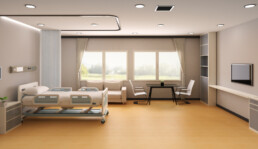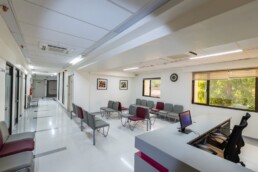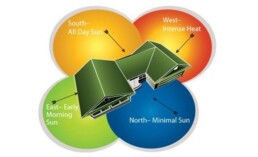The Business of Wellness: Why the Right Aesthetics and Design Matter

The Rise of Holistic Wellness Centres: More Than Just Medicine
$1.8 trillion. That’s the size of the global consumer wellness market today, and it’s only growing.
Wellness goes beyond traditional treatments for known and diagnosed medical conditions. What used to be considered self-care, like a massage or a yoga class, has evolved into a way of life – woven into daily routines, from the food we eat to the spaces we inhabit.
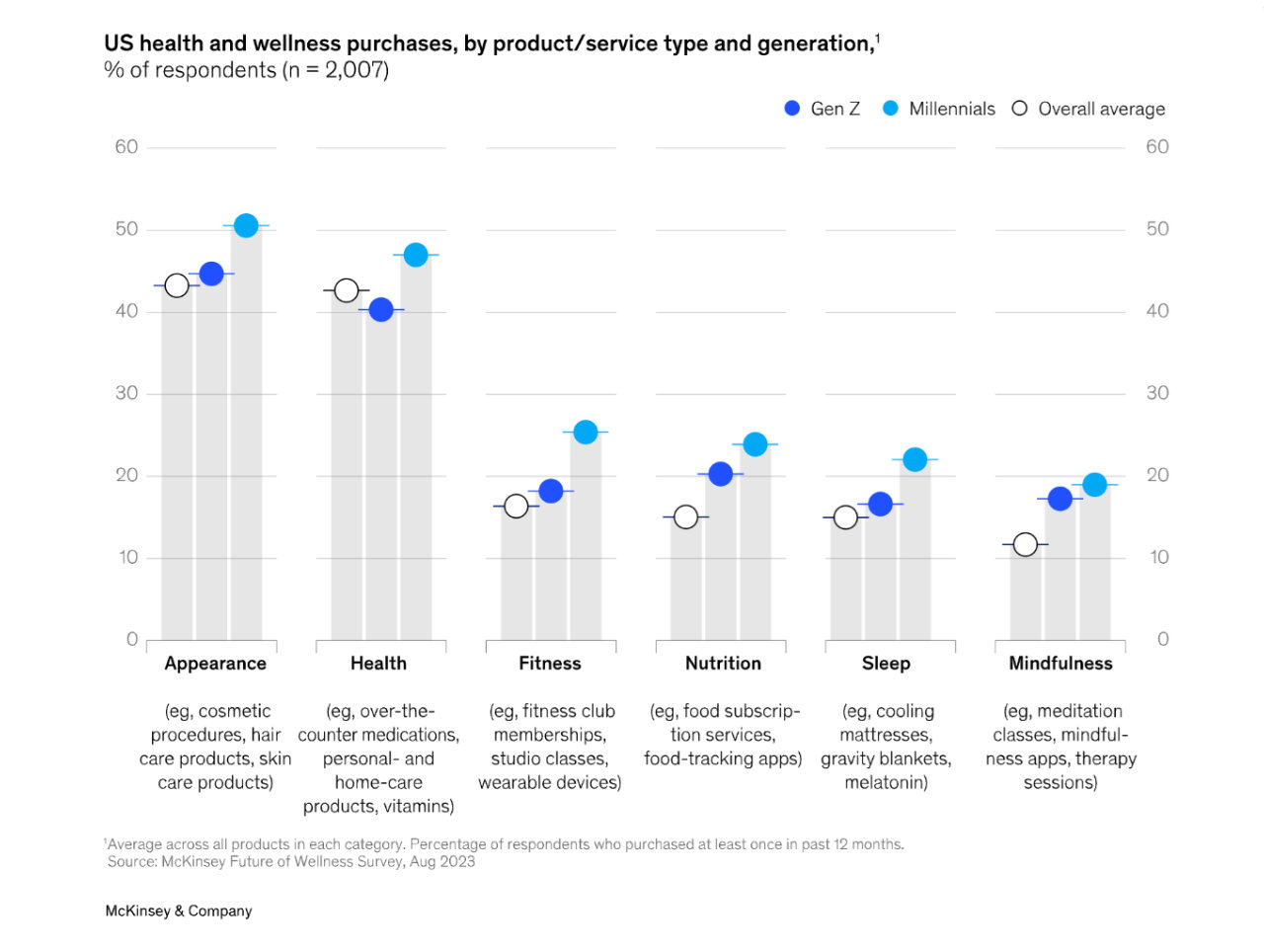
Pursuing holistic and preventive wellness is now necessary for survival, resilience, and long-term health.
For wellness providers—whether medspas, acupuncture clinics, chiropractic centres, IV bars, or mental health spaces—your environment should embody the holistic health experience your patients seek.
Designing Wellness Centres: How Healthcare Architecture & Interiors Drive Growth
Wellness is a business, and in a competitive market, your space is your brand. A thoughtfully designed wellness centre can:
✔ Attract the right clientele—First impressions matter. A well-designed space signals professionalism, trust, and expertise.
✔ Enhance patient experience—A calm, intuitive layout reduces stress and enhances relaxation.
✔ Encourage repeat visits—People don’t just come for treatment; they come for the experience.
Creating a holistic wellness environment goes beyond choosing the right paint colour or furniture. Instead, we need to design spaces that feel as good as the services they offer—from natural materials that promote calmness to lighting that soothes the senses.
If you’re in the wellness industry, it’s time to ask:
- Does your space reflect the holistic health your clients are looking for?
- Does it instantly make visitors feel relaxed and reassured?
- Does it align with their vision of well-being?
- More importantly, does it invite them back?
Let’s explore how the right healthcare design and architecture can transform wellness spaces.
Beyond White Walls: The Latest Trends in Healthcare Aesthetics
“Patients walk in feeling anxious—why add to that with stark white walls and harsh lighting? Thoughtful design, whether it’s warm colours, natural textures, or greenery, can make a space feel more inviting and even speed up healing,”
Kshititi Nagarkar, principal architect at Shree Designs.
The moment a patient steps into a healthcare facility, their surroundings start shaping their experience. After all, first impressions matter.
For years, clinical spaces have leaned towards stark minimalism, prioritising function over comfort. But design plays a bigger role than we often realise.
At Shree Designs, we believe that healthcare spaces should be more than just functional—they should feel intuitive, welcoming, and healing. Our approach integrates the latest in healthcare architecture with global design sensibilities, ensuring that every space is tailored to its purpose while making patients feel at ease.
A few themes that are popular in these spaces include:
1. Scandinavian Serenity
Key Elements: Light wood, minimalist furniture, soft textiles, and a neutral colour palette.
- This design style prioritises warmth, simplicity, and functionality, making spaces feel clean yet inviting.
- Large windows and natural light enhance the sense of openness.
- Ideal for: Wellness clinics, therapy spaces, and medspas aiming for a calm, airy, and soothing environment.
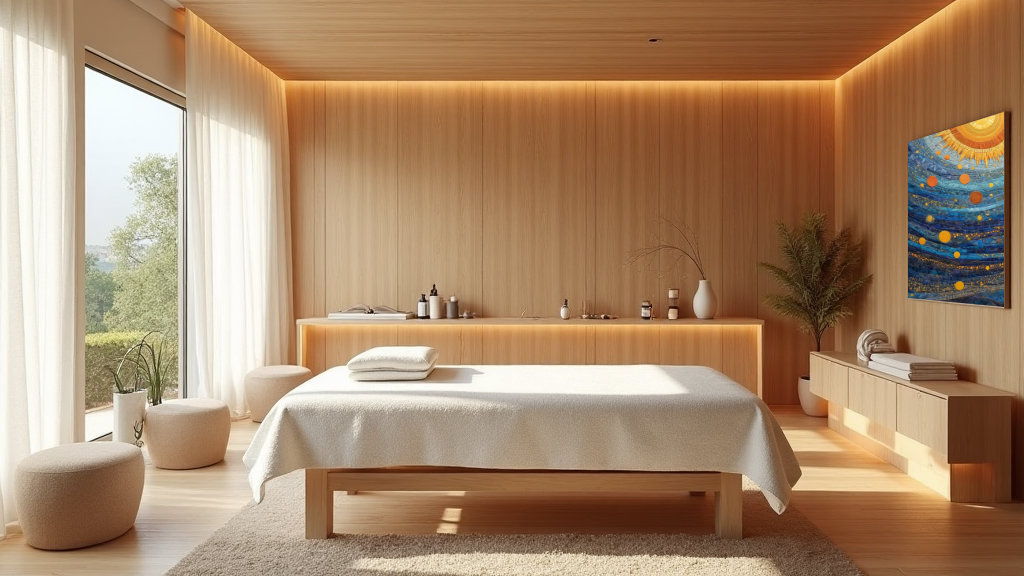
2. Japandi (Japanese + Scandinavian Fusion)
Key Elements: Earthy tones, clean lines, functional minimalism, and handcrafted materials.
- Blends Japanese wabi-sabi (imperfection, authenticity) with Scandinavian functionality for a space that feels balanced and peaceful.
- Organic fabrics, woven textures, and handcrafted ceramics create a sense of warmth and authenticity.
- Ideal for IV therapy lounges, mental health spaces, and holistic wellness centres that want a grounded, serene atmosphere.
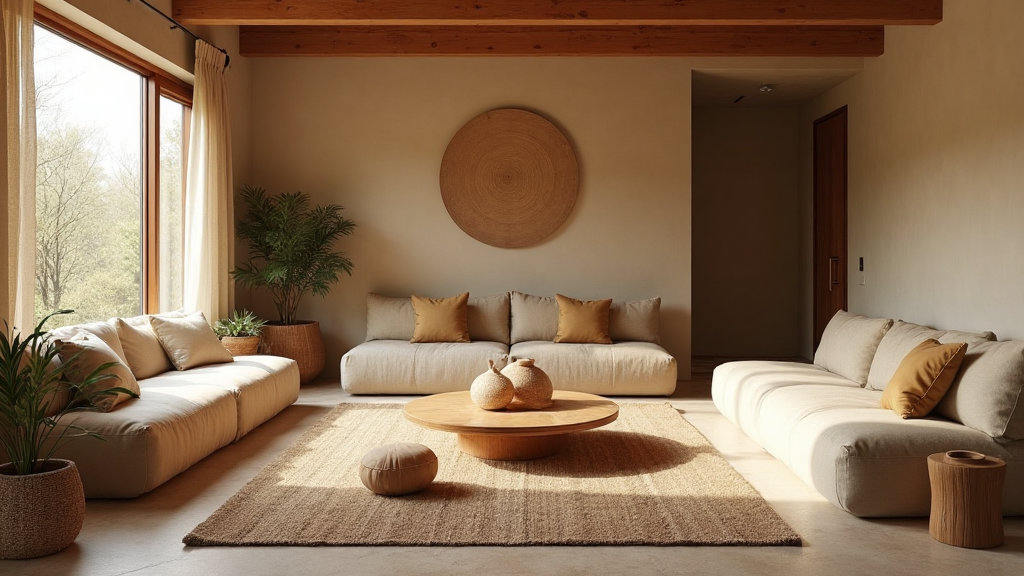
3. Biophilic Design (Nature-Inspired Spaces)
Key Elements: Indoor plants, natural light, water features, and living walls.
- Aims to bring the outdoors in, reducing stress and promoting well-being.
- Wood, stone, and greenery provide a tactile connection to nature, making patients feel more at ease.
- Ideal for: Rehabilitation centres, dental clinics, and patient waiting areas that benefit from a soothing, natural touch.
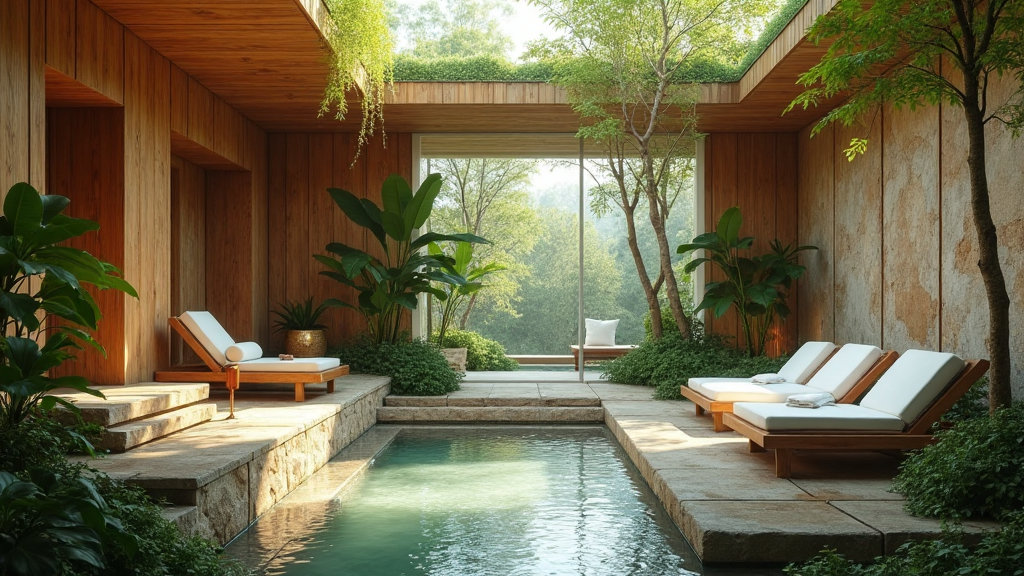
4. Soft Modern (Warm Minimalism)
Key Elements: Neutral tones, curved furniture, layered textures, and statement lighting.
- Moves away from stark, clinical minimalism while keeping a clean, high-end aesthetic.
- Think warm beiges, soft greys, and muted pastels instead of harsh white-on-white spaces.
- Ideal for: Luxury wellness centres, boutique dermatology clinics, and high-end fertility centres that want a refined yet welcoming look.

5. Mediterranean Calm
Key Elements: Textured walls, soft arches, terracotta tones, and natural stone.
- Uses warm, earthy hues, curved doorways, and natural materials to create a restful, sun-drenched ambience.
- A great alternative to stark, ultra-modern spaces, adding a sense of comfort and character.
- Ideal for: Spa-inspired healthcare spaces, integrative medicine centres, and women’s health clinics that want a gentle, nurturing environment.
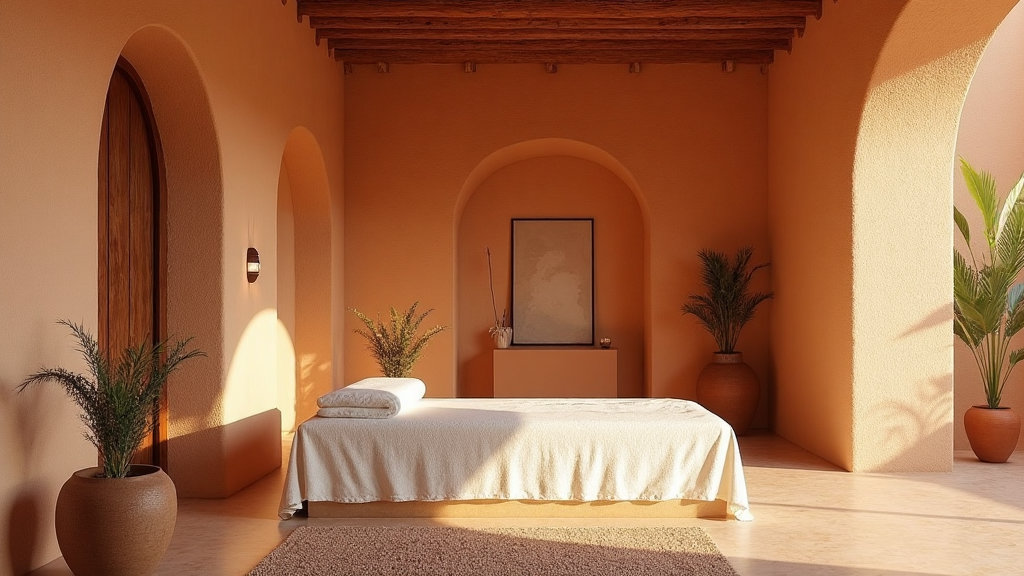
6. Luxury Hospitality Influence
Key Elements: Plush seating, warm lighting, art installations, and hotel-style reception areas.
- Merges high-end comfort with professional functionality—think welcoming lobbies, signature scents, and personalised service.
- Soft, layered lighting enhances relaxation while making the space feel premium.
- Ideal for boutique hospitals, aesthetic clinics, and concierge healthcare services where experience is as necessary as treatment.
Instead of a one-size-fits-all approach, integrating design-forward aesthetics creates a distinct identity for a wellness space.

Read More: Neuroaesthetics in Architecture – Discover how design influences patient psychology and healing.
Healing by Design: How Thoughtful Spaces Improve Patient Well-Being
The right healthcare space design isn’t just about efficiency—it directly impacts patient comfort, stress levels, and recovery. Here’s how:
- Acoustics & Sound Control: Noise-reducing materials and quiet zones help lower stress, especially in high-traffic areas.
- Multi-Sensory Design: Soft lighting, calming scents, and soothing music create a more welcoming patient experience.
- Optimised Layouts: Thoughtfully planned spaces improve movement, reduce wait times, and enhance staff efficiency.
- Hygiene & Safety: Antimicrobial surfaces, improved ventilation, and touch-free technology minimise infection risks.
Example: At Upasani Super Speciality Hospital, Shree Designs incorporated biophilic elements, warm lighting, and an intuitive layout to create a stress-free patient journey. The hospital delivers a more comforting and seamless healthcare experience by blending nature-inspired materials with efficient space planning.
Related Read: 5 Patient-Friendly Designs for Your Healthcare Facility – Design elements that enhance patient comfort and experience.
A Business Investment: How the Right Design Impacts ROI
For healthcare leaders and clinic owners, investing in thoughtful design means creating a space that works better for both patients and staff—now and in the future. With the right planning in healthcare architecture, we can achieve:
- Higher patient satisfaction → Repeat visits and positive word-of-mouth referrals.
- Optimized efficiency → Better workflow, reduced wait times, and improved staff productivity.
- Stronger brand identity → Differentiation in a competitive market.
- Future-proofing → Adaptable spaces that evolve with healthcare advancements.
Explore: Cost-effective and Patient-Centric Hospital Design – How smart planning can balance efficiency, aesthetics, and affordability.
At Shree Designs, we specialise in patient-centric, functional, and visually appealing healthcare spaces that balance comfort, efficiency, and long-term adaptability. If you’re looking to create a space that reflects the holistic well-being your patients seek, let’s talk.
Get in touch today to explore how we can bring your vision to life.
Related Posts
Infographic,Designing Healthcare Facilities
Blueprint for Healthcare Design
From room dimensions to lighting levels, every detail matters in healthcare design. At Shree…
Designing Healthcare Facilities
Building Better Day Surgery Centres
Efficient care, happier patients, and smarter workflows - this is what defines a successful…
Project Management,Designing Healthcare Facilities,Infographic
Designing Healthcare Spaces That Truly Heal
From concept to completion, every medical space we design prioritizes patient flow, staff…
Designing Healthcare Facilities
Efficient Hospital and Clinic Design
India’s emerging cities are growing rapidly, creating an urgent demand for accessible and efficient…
Designing Healthcare Facilities
Creating Calming and Confidential Spaces for Fertility Clinics
As the demand for fertility treatments grows, the architecture of these clinics plays a vital role…
Designing Healthcare Facilities
Designing the Perfect Hospital Pharmacy
Hospital pharmacies are the backbone of seamless patient care. From efficient workflows to secure…
Designing Healthcare Facilities
Preventive Care Facility Design Strategies
With preventive care emerging as the future of healthcare, this post outlines key architectural…
Designing Healthcare Facilities
Thermal Comfort Decoded
Thermal comfort plays a critical role in patient recovery, staff productivity, and overall…
Designing Healthcare Facilities
Building for Tomorrow: The Imperative of Adaptable Healthcare Design
Healthcare facilities need to be as dynamic as the industry itself. Traditional, rigid designs can…
Designing Healthcare Facilities
Designing Single Speciality Healthcare Centres
As single-speciality centres grow, their design needs become more specific, calling for tailored…
Designing Healthcare Facilities
Innovative Design Solutions for Senior Care Facilities
Designing senior-friendly spaces in healthcare facilities is crucial for catering to the evolving…
Designing Healthcare Facilities
Designing a Dental Clinic for Success
Providing quality dental care is not just about the technical elements of the treatment. It's also…
Designing Healthcare Facilities
3 Essential Design Features for Intensive Care Units
ICUs are not just limited to single units housing all critical patients. If the facility has…
Designing Healthcare Facilities
3 Lessons Learned While Building a Cardiac Cath Lab
Cardiac care design is moving at the sound of a new beat! The number of Cath labs in India has…
Designing Healthcare Facilities
5 Essential Elements of Healthcare Design
Design makes a significant impact on the delivery of care for both healthcare providers and…
Designing Healthcare Facilities
5 Best Ways to Create Healing Spaces for Kids
Designing spaces in healthcare facilities tailor-made for children is a lesson in balance! A…
Designing Healthcare Facilities
Top 5 Trends in Healthcare Design
Design can make all the difference when it comes to improving patient care. From a patient’s point…
Designing Healthcare Facilities
The Architectural Design of Hospital Facilities
Shree Designs designed and executed many efficient and safe healthcare setups in the middle of the…
Designing Healthcare Facilities
Dauntless Designers
Healthcare Radius in its 7th Anniversary Special issue in October 2019, featured a "power list of…
Designing Healthcare Facilities
The changing face of healthcare design
After completing a decade in designing healthcare projects, Kshititi Nagarkar, principal architect,…
Designing Healthcare Facilities
Thumb Rules for Planning and Designing of Hospitals
Traditional rules of thumb in healthcare planning have changed. Once-accepted rules can now be the…
















